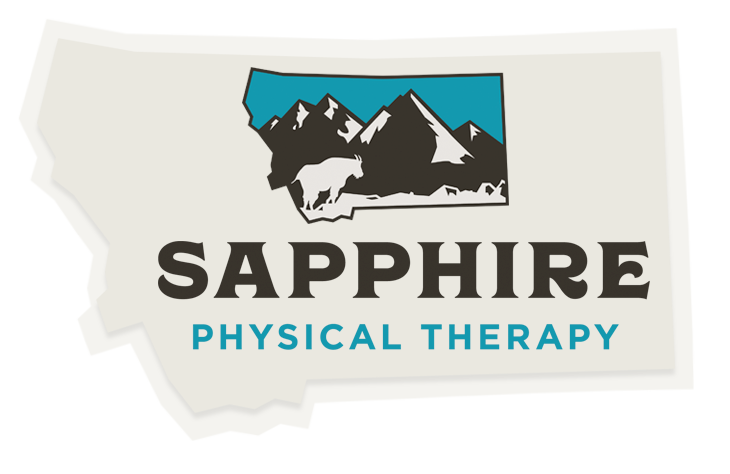
Understanding Benign Paroxysmal Positional Vertigo
Ever have the sensation that the room is spinning? Worried about staying upright because of feeling off balance? Dizziness can be multifactorial and unpacking that big grey box can be a difficult task. Things that can make people dizzy are medications, hypoglycemia, rapid change in blood pressure or volume, anxiety, anemia, central nervous system insult, visual motion sensitivity, cervical pain/whiplash, or impairment in the inner ear are a few. Dizziness can also be described as vertigo, according to Dorland’s Medical Dictionary, an illusion of movement.

Office Ergonomics & Exercise For Neck Pain Relief
Office work is inherently repetitive, and can require prolonged, awkward positions and repetitive motions to perform tasks throughout the workday. Due to the tendency toward repetitive work and sustained positions over a number of hours, it is not surprising that there is a relatively high instance of neck and shoulder pain in people who work in this setting. Studies have shown a correlation between impaired muscle function and weakness in the neck, and neck pain or certain types of headache. Other studies have implicated poor workspace ergonomics as contributing to neck and shoulder pain specifically. Addressing both ergonomic needs and postural strength can be helpful when attempting to manage or prevent pain associated with work in an office setting.

You’ve Got Your Back!
We runners (hopefully) think about our legs and core strength, and occasionally our arms when summer hits, but what can get neglected is our spine. To think about the spine as one thing takes away from what it is—364 joints, with ligaments, and many layers of supportive muscle surrounding a large part of our nervous system, and the whole enchilada is supposed to move. While strengthening the muscles of our back is highly recommended and will likely have a beneficial influence on our posture, we have to allow our spine to move from the rigid position our mother has been telling us to hold for so long. We say move it: bend forward, backward, lean and turn.

Fall Sapphire Physical Therapy News Update
Fall is here and despite the smoky skies and record heat, summer was and exciting time at Sapphire Physical Therapy. Our physical therapy staff was busy evaluating and treating motivated individuals aged nine to ninety in our recently expanded gym.

Improve Foot Function to Reduce Injury Risk
As runners, our feet take a beating. The human foot is designed with locomotion in mind. Healthy foot function hinges on a balance of mobility, strength, and support. When one of these three necessary components is compromised, injury risk increases.

In Your Mid to Late 30s, or Older? You Need to Be Strength Training.
If you are around 35 years old or older, you are now in possession of an “aging body” that requires a little extra TLC (tender loving care) to continue operating like it did only a few years ago. As we age, there are many well-known natural and normal changes that affect many body systems, including our cardiovascular, respiratory, endocrine (think metabolism), reproductive, and immune systems, to name a few.

Plyometric Training
If you have ever trained for a sport or participated in a regular exercise routine, you have likely heard of plyometrics. Plyometric training is a useful tool not only for athletes but also is an important component in physical therapy as way to help patients return to sport and activity. This post aims to give readers a basic understanding of plyometric training and provide insight into if plyometric training might be useful to their activity goals.

Constipation: Tips and Tricks
Constipation is defined as having three bowel movements or less in a given week. It can be associated with other uncomfortable symptoms such as excessive straining, bloating or feeling of incomplete emptying…

Ice after injury?
A hot topic that is often posed within the Sapphire Clinic walls and at our Runner’s Edge consults is when and how much to ice after an acute injury. This is a reasonable question as the protocols & principles have morphed quite drastically over the years with ice not being the powerhouse we thought it once was…

Addressing lateral hip pain in runners
Lateral hip pain (hip pain located on the outside of your hip) is common in runners. The hip abductor muscles are located on the outside of the hip. These muscles include the gluteus medius and minimus muscles and tensor fascia lata. These muscles control the alignment of the hip and pelvis when we run.
